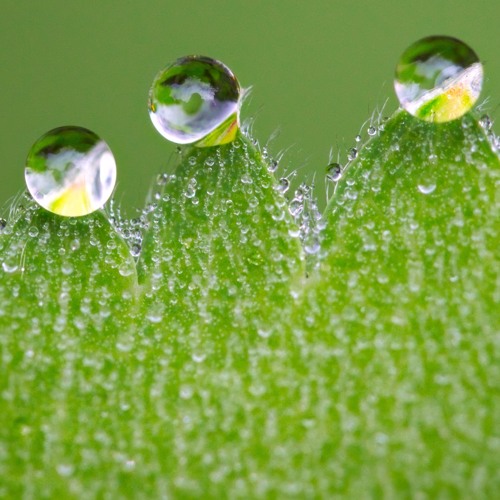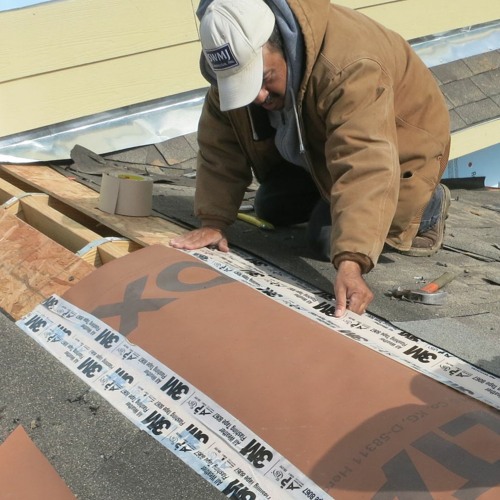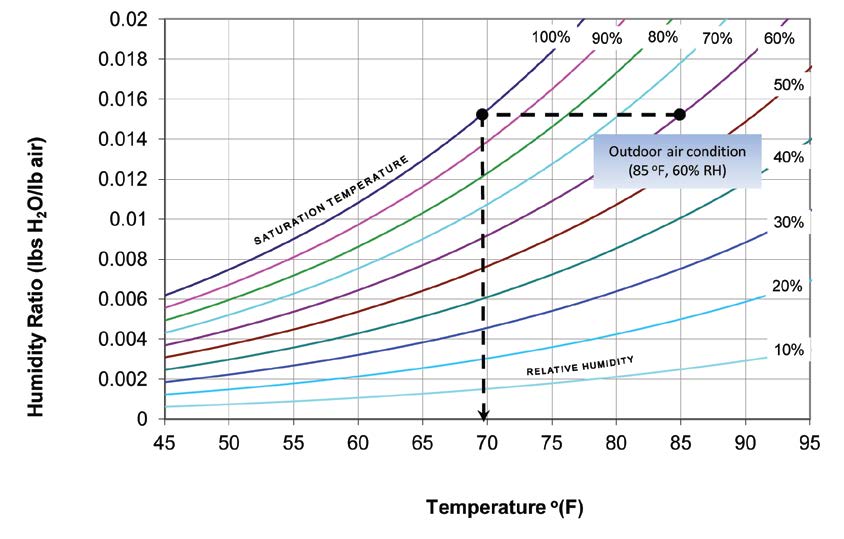In this video, our old friend, Dr. Allison Bailes, describes air—specifically, the pressures involved with air. The abstract part visualizes how much the air on top of your hand weighs; considering it is a tall column (from the palm of your hand to the top of the atmosphere), it weighs a lot—like 200 pounds.
Air has weight
Regular air pressure is 14.7 pounds per square inch. Most people's hands are around somewhere around 15 square inches, so you have 200 pounds of air sitting on your hand.
"But it pushes in all directions, so there's also pressure pushing up on your hand with the same pressure."
The weight (pressure) of the air on top of your hand is offset by the pressure of the air under your hand. In order to illustrate the tremendous pressure of air, all you have to do is remove the pressure from one side of your hand. Because integrating your hand into a vacuum would be difficult to do, and because your hand would get crushed bu 200 pounds of pressure, Dr. Bailles illustrates it with a beer can.
Actually, it is an aluminum bottle with a screw cap (physicists don't know much about beer because they drink wine).
Can air pressure crush a beer can?
Allison puts a little water in the beer "can" and heats it up on his stove. When the little bit of water boiler, he screws the cap on. Water vapor and steam fill the can; as they cool, the water vapor condenses, leaving less air in the can, so there is a difference in pressure outside the can than inside the can.
What happens is that the can begins to crush on itself. Or, more accurately, being crushed by the atmosphere—almost flattening the can.
In slo-mo, we see the exact same thing, only slower.
Because houses are not as tight as beer cans with screwtop lids, the pressure differences between inside and out do not crush them; the pressure becomes air leaks that carry heat and moisture with it.
An easy pressure to understand is the stack effect, where warm air rises and is replaced by cool air. air get in through "air leaks," and it escapes through "more air leaks."
If you want to explore more on this topic, you can read a lot about it on Allison's blog, The Energy Vanguard.











